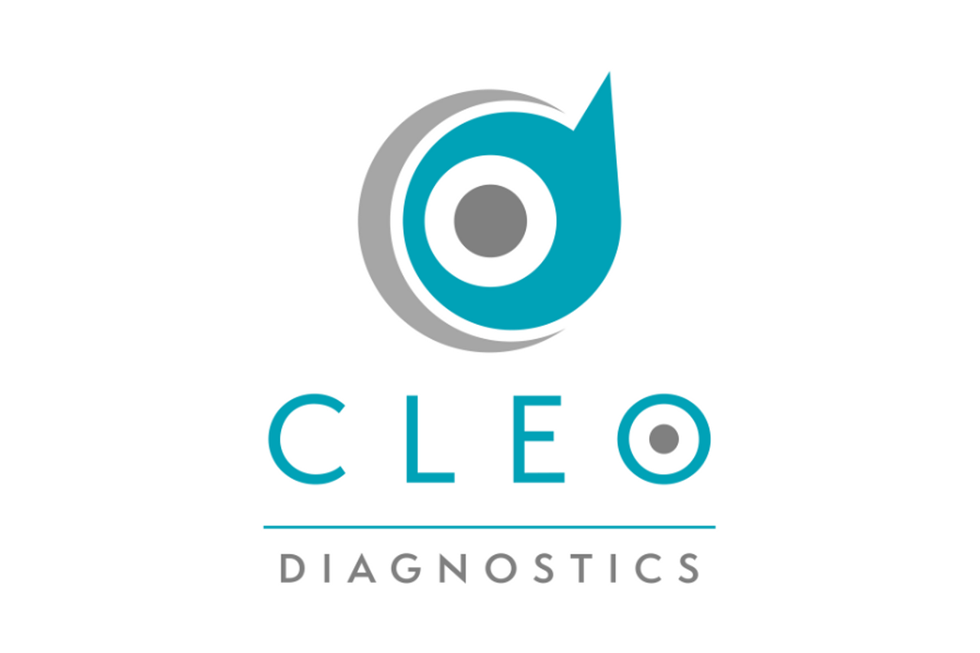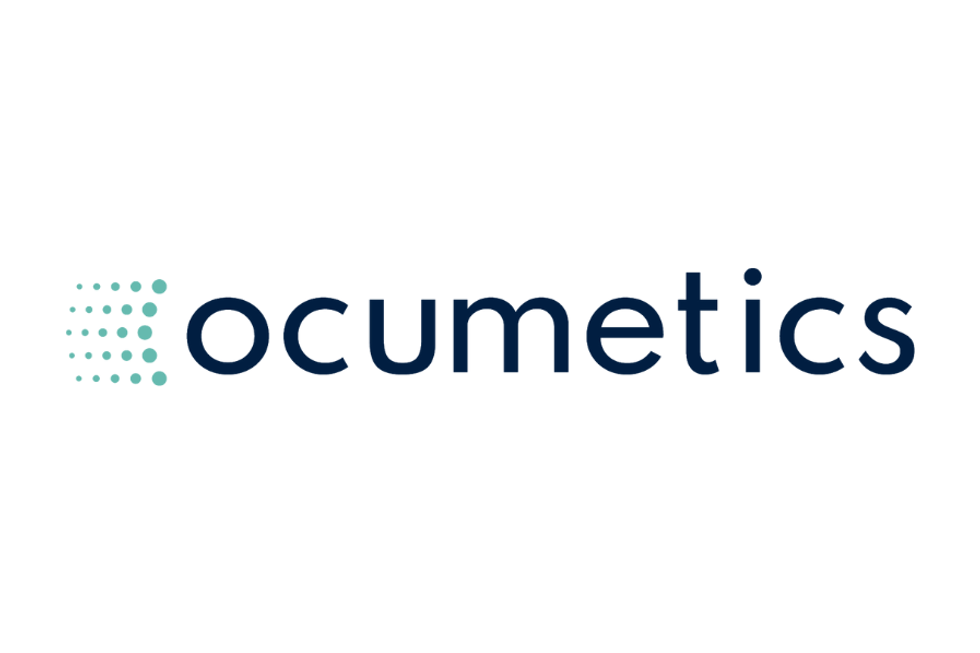Advancements in medical nanotechnology are forcing doctors and scientists to look at different ways to treat patients and gather insight on diseases.
Proponents of “bigger is better” may want to think again, particularly when it comes to nanotechnology. That’s because advancements in nanotechnology could also mean advancements in the medical devices market.
Nanotechnology is proving to be a viable avenue for the medical technology sector, which, as Nanotechnology Now explains, is “having a massive effect on how doctors and scientists treat patients and gain further insight into the human body and disease prevention.”
Medical nanotechnology for heart disease
One disease prevention measure being researched is heart attack detection. Researchers at the San Diego-based Scripps Health Institute are looking at injecting nanosensor chips into the bloodstreams of test subjects at high risk of heart attacks. According to Nanotechnology Now, the aim of the research is to “create a chip that could notice the chemical changes that precede a heart attack,” alerting the subject to see immediate medical attention.
Medical nanotechnology for fertility
One of the main drivers of infertility is healthy sperm that do not swim well. To assist with infertility, women can generally turn to several forms of assisted insemination, from artificial insemination to in vitro fertilization. But all that may be set to change — Germany-based Oliver Schmidt and his team at IFW are working on a new type of nanotechnology that aims to increase sperm mobility: the spermbot.
Source: American Chemical Society
The technology involves building tiny metal helices large enough to fit around the tail of the sperm. Using a rotating magnetic field, the sperm can be directed to an egg for potential fertilization, and then released. Though more research needs to be done before the technique is ready for clinical tests, Nanowerk states that the team’s initial demonstration shows a lot of promise.
Medical nanotechnology for cancer
Treating cancer is difficult because until recently, there was no treatment that could target individual cancerous cells without destroying the surrounding healthy cells. Now, however, researchers at Israel’s Bar-Ilan University have confirmed that nanobots capable of fighting cancerous cells have become a reality. The nanobots, which measure between 25 and 35 nanometers, can barely be seen by the naked eye.
The nanobots are made from DNA, “specifically a single strand of DNA folded into a desired shape,” 3Tags notes, adding that the nanobots have been programmed to turn “on” and “off” so that they can either bypass healthy cells without causing damage or target cancerous cells.
The first human trial later is expected to move forward later this year. Though the patient, a person with late-stage leukemia, is expected to die, Professor Ido Bachelet believes that “based on previous animal trials, the nanobots can remove the cancer in the span of a month.” Bachelet said, “[i]f the trial goes well, we could see nanotechnology hit the public in one-to-five years.”
Nanotechnology sector expected to grow
Based on the information above, it’s clear that nanotechnology plays a big role in the life sciences sector. In fact, a report from BCC Research highlights that in 2014, the nanomedicine market was valued at $248.3 billion, with a projected compound annual growth rate of 16.3 percent through to 2019. That means by 2019 the nanomedicine market may be valued in the range of $528 billion.
Until then, investors should expect to see more advancements in research for medical nanotechnology.
Securities Disclosure: I, Vivien Diniz, hold no direct investment interest in any of the companies mentioned in this article.
Related reading:
What is Nanotechnology?




